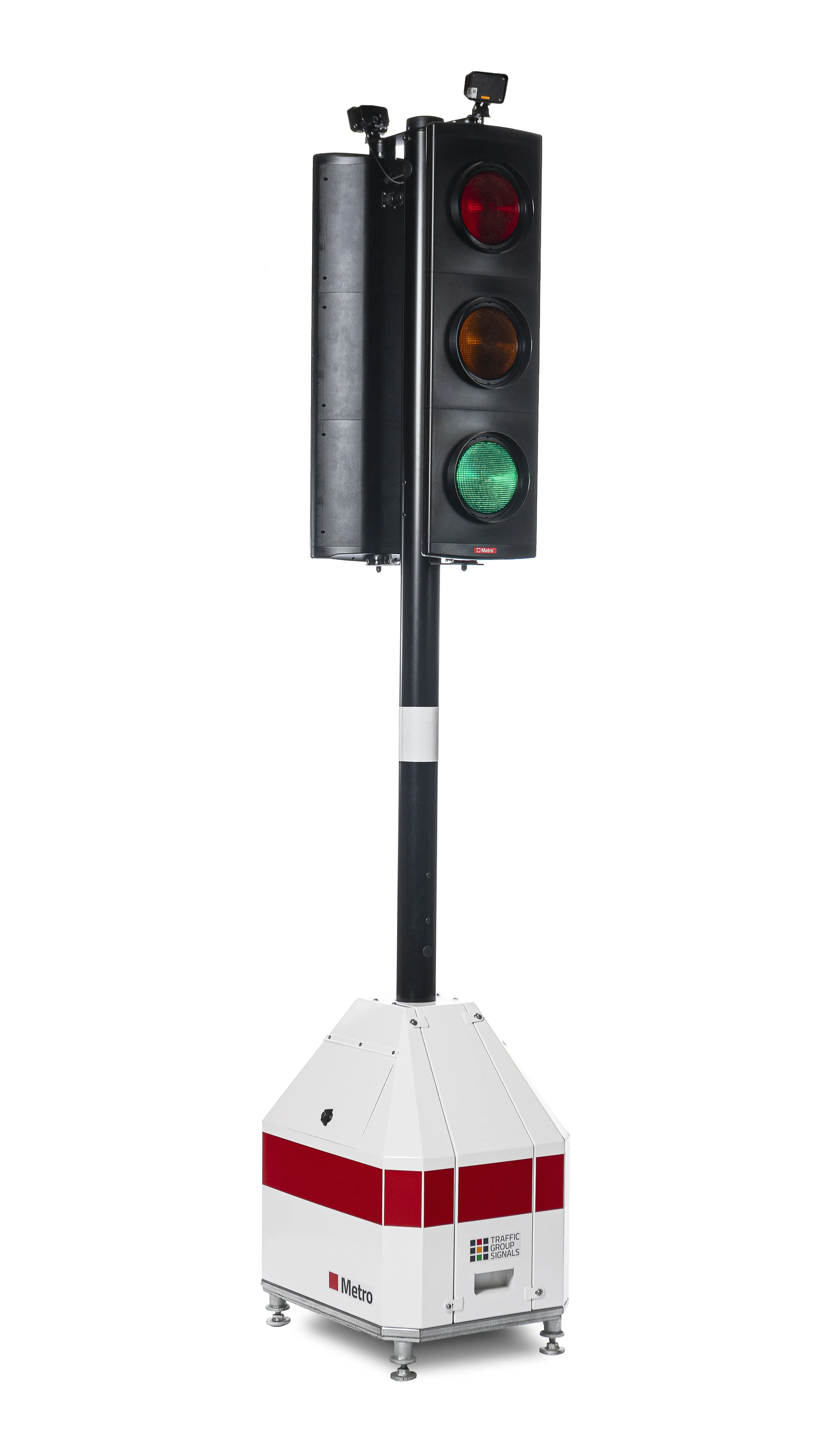Siemens has announced the new Helios range of pedestrian signals and push-button units and the all-new Heimdall pedestrian detectors.
January 24, 2012
Read time: 1 min

As well as traditional two-part nearside units, the Helios range now offers a new a 'combined' version of the nearside signal, encapsulating both demand and display elements within a single enclosure. The new push-button units are available with traditional incandescent lamps and the latest low-power LED optics on selected units. Siemens says that all new Helios demand units are fitted as standard with a robust mechanical switch designed to give a long and reliable service life. Where sites are particularly prone to vandalism, units can be fitted with an advanced touchsensitive button having no moving parts.
Meanwhile, at the heart of the allnew Heimdall pedestrian detector is an advanced planar radar antenna system and a sophisticated digital signal processing engine. Siemens says that the range incorporates unique features that provide excellent pedestrian detection, count and occupancy performance, as well as 'gap' detection capabilities ideal for SCOOT and MOVA applications.










